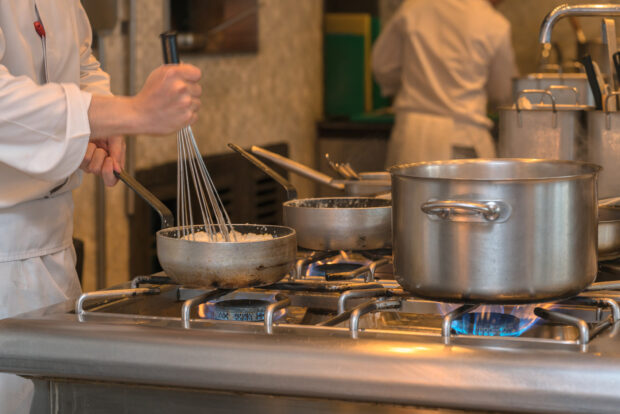
Now that Susan has identified leverage points and developed intervention strategies, she moves forward with implementing systemic solutions to address the identified inefficiencies within the restaurant’s workflow. By strategically implementing these solutions, Susan aims to optimize operational efficiency, enhance customer satisfaction, and drive overall business success. Here’s how Susan approaches this step:
1. Menu Simplification and Optimization
– Susan begins by simplifying and optimizing the restaurant’s menu based on customer preferences, profitability, and kitchen capacity. She identifies popular items and removes low-performing or redundant options to streamline order processing and reduce kitchen complexity.
2. Staffing Optimization and Training
– Susan adjusts staffing levels based on demand forecasts and peak hours, ensuring adequate coverage during busy periods while optimizing labor costs during slower periods. She provides staff with training and resources to enhance their skills and efficiency in delivering exceptional service.
3. Technology Integration and Automation
– Susan integrates technology solutions such as a point-of-sale (POS) system with kitchen display screens to automate order processing and improve communication between front-of-house and back-of-house staff. This streamlines the workflow, reduces errors, and enhances overall efficiency.
4. Kitchen Layout and Workflow Redesign
– Susan reorganizes the kitchen layout and workflow to optimize efficiency and minimize bottlenecks. She considers factors such as station proximity, equipment placement, and workflow sequences to improve throughput and reduce waiting times for orders.
5. Quality Control and Feedback Mechanisms
– Susan implements quality control measures to ensure consistency and accuracy in food preparation and presentation. She establishes feedback mechanisms, such as customer comment cards or online surveys, to gather feedback and identify areas for improvement.
6. Customer Experience Enhancements
– Susan focuses on enhancing the overall dining experience for customers through initiatives such as personalized service, ambiance improvements, and loyalty programs. By prioritizing customer satisfaction, Susan aims to build loyalty and drive repeat business.
7. Cross-Functional Collaboration and Communication
– Susan fosters cross-functional collaboration and communication between front-of-house and back-of-house staff to ensure alignment and coordination in executing the restaurant’s workflow. She encourages open dialogue and feedback exchange to facilitate continuous improvement.
8. Iterative Approach and Continuous Improvement
– Susan adopts an iterative approach to implementing systemic solutions, recognizing that improvement is an ongoing process. She monitors key performance indicators (KPIs) such as table turnover rates, order processing times, and customer satisfaction scores, adjusting her strategies based on feedback and insights.
9. Employee Empowerment and Recognition
– Susan empowers her employees by delegating responsibilities, providing opportunities for growth and development, and recognizing their contributions to the restaurant’s success. She fosters a positive work environment that values teamwork, innovation, and excellence.
10. Adaptability and Resilience
– Susan remains adaptable and resilient in the face of challenges and uncertainties, recognizing that the restaurant industry is dynamic and ever-changing. She embraces change as an opportunity for growth and innovation, leveraging systems thinking principles to navigate complexity and drive positive outcomes.
By implementing systemic solutions that address the root causes of inefficiencies within the restaurant’s workflow, Susan positions her business for long-term success and sustainability. Through strategic planning, collaboration, and continuous improvement, she creates a more efficient and effective operation that delivers exceptional value to customers and stakeholders alike.
